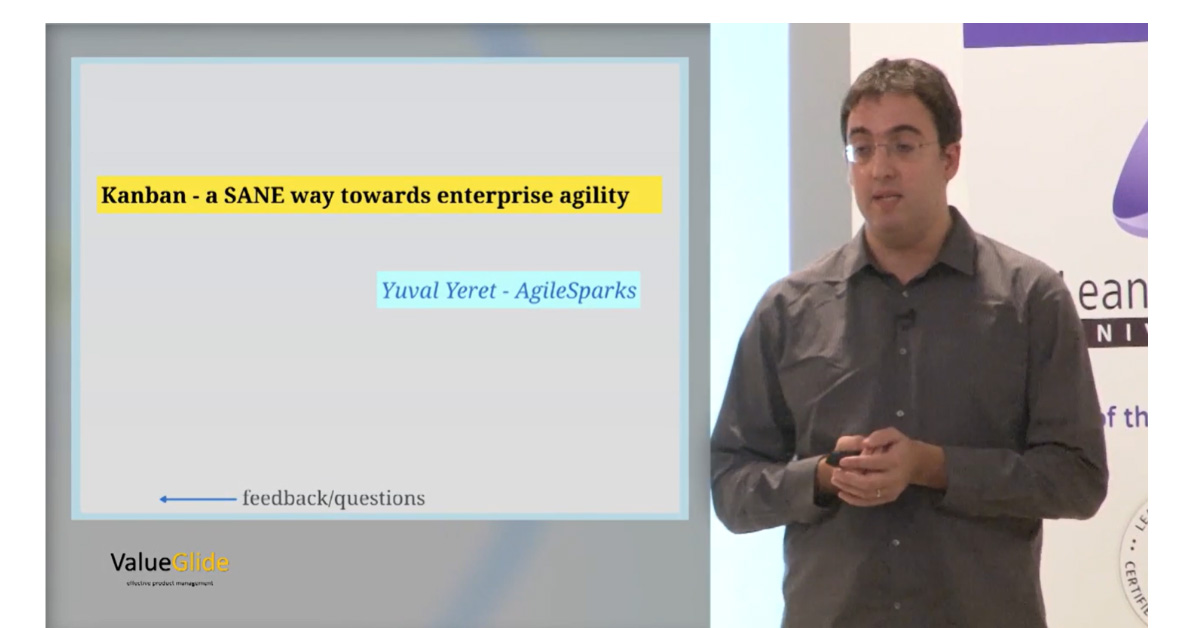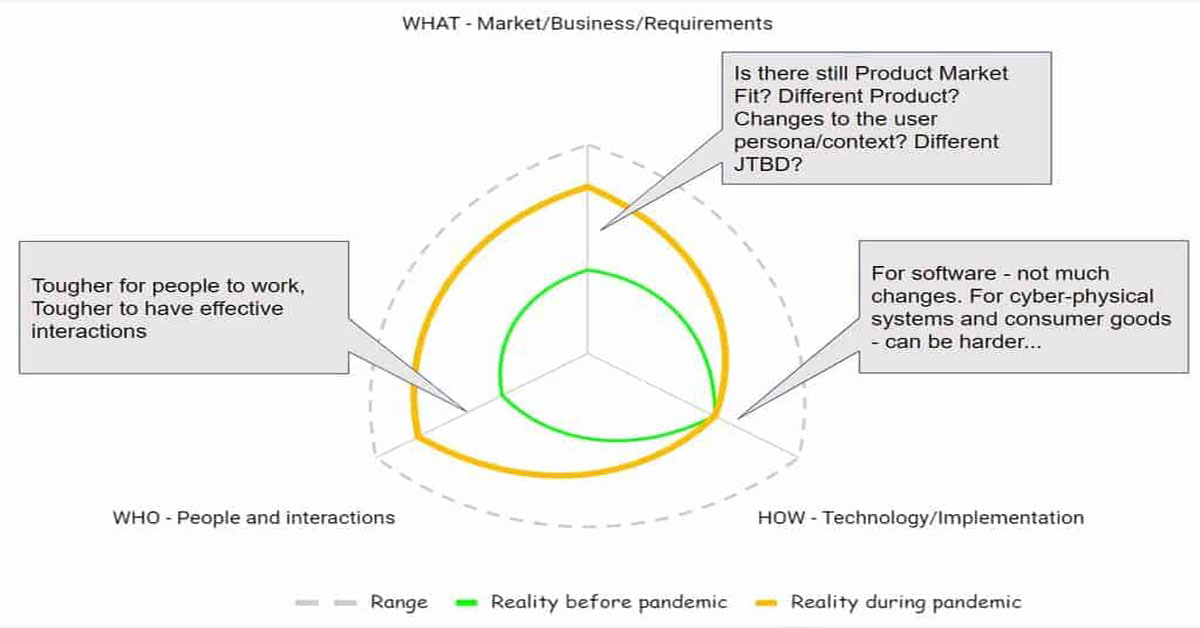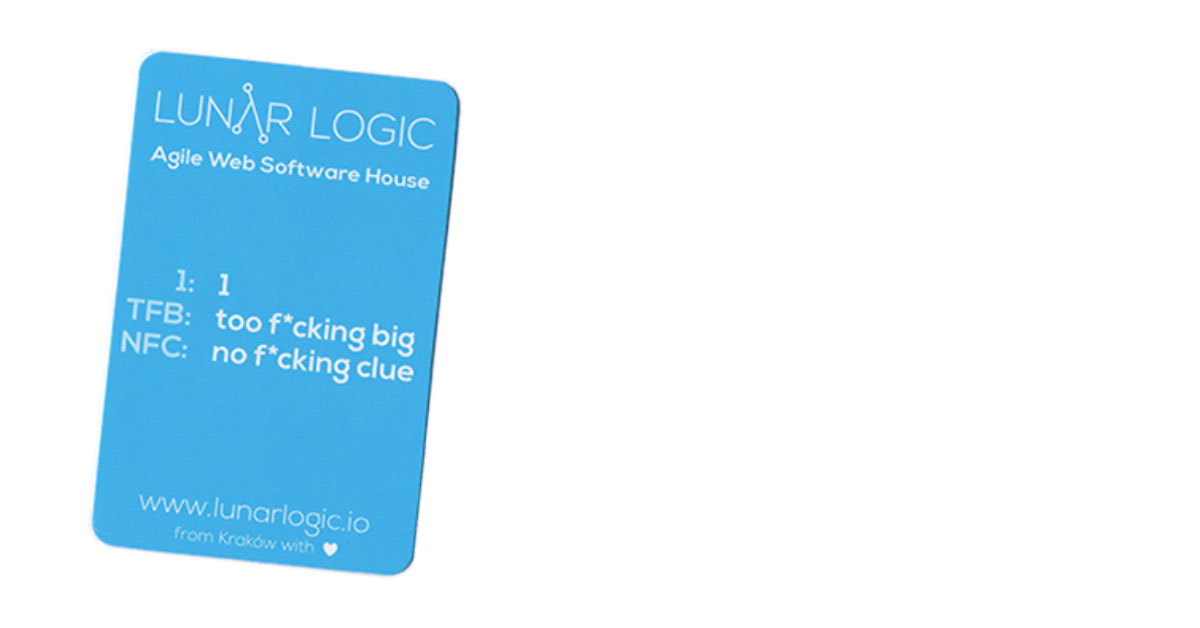
Kanban – A SANE Way towards Agile in the Enterprise (LKUK13)
Currently, there is no question that business agility is required. You will also be hard-pressed to find anyone arguing against the core principles of agility.

Currently, there is no question that business agility is required. You will also be hard-pressed to find anyone arguing against the core principles of agility.

Recently in retrospectives of one of the scrum teams, one team member had some strong opinions about guidelines that were defined for code reviews. Besides what to review and how to review, the guidelines also had some instructions on who should review which features/stories’ code. He strongly felt that the reviewers for his stories didn’t add much value, the code reviews waited longer for feedback, and the reviewer didn’t seem to have much context, so didn’t add much value. He felt that his design reviewers or his colleagues working on the same story should have been the peer reviewers!

A fresh perspective on uncertainty, complexity, empiricism, and flow and what to do about it.
The COVID-19 pandemic gives us plenty of opportunities to think about uncertainty, and complexity, and how to deal with those using Empiricism.

SAFe includes Scrum – so how come many Scrum practitioners and thought leaders consider it unsafe?
The Scaled Agile Framework (SAFe™) is one of the most popular approaches to applying agile at scale out there. SAFe’s perspective is that “Nothing beats an Agile Team” and it doesn’t try to reinvent the wheel or even innovate too much when it comes to the Team level. It takes advantage of established frameworks and techniques that work well – Scrum being the first and foremost of those.

“There’s no predictability/commitment in Agile”
Over the years I’ve heard my share of these kinds of statements from various levels of executives:
“When my guys run a product development release I really want to know what I will get at the end so I can make business plans accordingly”

We’ve all heard it before – “Talented technology team builds amazing product!” That… doesn’t create the impact that they wanted, not enough customers end up buying or the users aren’t happy with it or
This is an especially common problem with companies that have a “brilliant” idea or technology that someone goes developing in their garage (if startup) / innovation product development group (if enterprise). This could be a new product or just a new feature of an existing product. Typically, the Product Owner or Product Manager in the organization specifies what to build. If they’re somewhat Agile, they even work closely with the organization to build it incrementally and hopefully deliver it continuously. But still, even then, too often the product or features don’t provide the expected impact/benefits. Overcoming this challenge is a common theme that is discussed by attendees at our SAFe POPM Course.

when it comes to how to practice SAFe as well as how to implement it, we prefer to consider it a very useful but flexible/incomplete structure that requires well-trained and experienced practitioners to successfully apply, and that’s a key design principle for our Implementing SAFe workshops where we train future SPCs

Scaling Agile Marketing With SAFe – Overview
More and more Marketing organizations are realizing today that they need to be faster, more flexible/responsive, and more collaborative, in order to have a real impact on the business they’re supporting. More and more CMOs are looking at Agile Marketing as the way to modernize their organization.
Inspired by Agile Development, Agile Marketing describes a mindset of continuous learning and validation, customer-focused collaboration across functional silos, adaptive and iterative campaigns, and more responsive/continuous planning. Similar to development organizations, Agile Marketing teams use techniques such as Scrum to work in an iterative cadence, and such as Kanban to visualize and improve the flow of work.

A team I am working with is in the storming stage of its development.
Finally.
It’s been some time that they have been forming, carefully learning each other, sometimes from afar. Each person was doing their own stuff, limiting their interaction to consultations. Every person to their own.

* Boards | Trello Map your work, control your life: Personal Kanban Productivity 101: An Introduction to The Pomodoro Technique PopcornFlow: If change is hard,
Request for additional information and prices